Search
Search Results
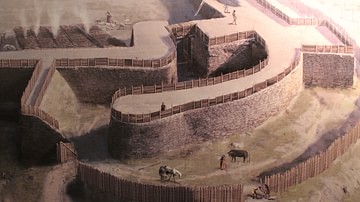
Definition
Oppidum - The Hilltop Fort of the Celts
Celtic hilltop forts, often called oppida (sing. oppidum), after the Latin name given to larger settlements by the Romans, were built across Europe during the 2nd and 1st century BCE. Surrounded by a fortification wall and sometimes with...

Definition
Lugh
Lugh (also Lug, Luga) was one of the most important Celtic gods, particularly in Ireland, and he represented the sun and light. Although originating as an all-wise and all-seeing deity, Lugh was later thought of as a historical figure, great...
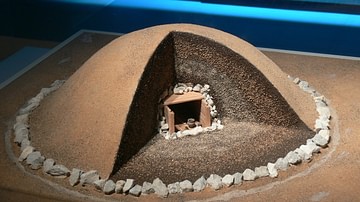
Image
Celtic Burial Mound Reconstruction, Hallstatt
A reconstruction of a Celtic burial mound from the Hallstatt culture of Austria and central Europe in the 1st millennium BCE. (German National Museum, Nuremberg)
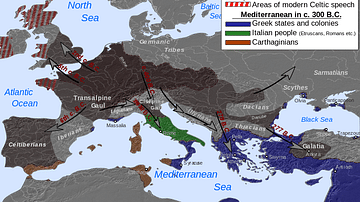
Image
Map of Celtic Expansion - 6th-3rd century BCE
A map showing the various campagins of Celtic tribes between the 6th and 3rd centuries BCE.
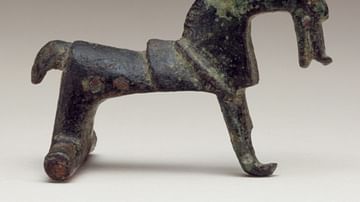
Image
Celtic Horse Brooch
This small bronze brooch was made in Central Europe sometime between 650 and 550 BCE. This horse-shaped pin is one of many examples of Celtic animal brooches from Central Europe. From the Metropolitan Museum of Art, New York.

Image
Celtic Coin Depicting Horse & Rider
The reverse of a 2nd Century - 1st Century BCE Celtic silver coin from Central Europe, specifically what is now the Czech Republic. The reverse of this coin depicts a horse and rider in stylized geometric forms. From the British Museum in...
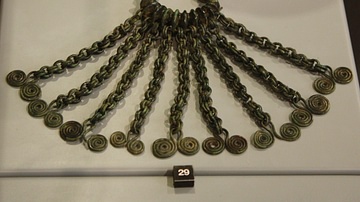
Image
Celtic Bronze Fastener
A Celtic bronze fastener, 7th century BCE. (Archaeological Museum of Como, Italy)

Definition
Pre-Colonial North America
Pre-Colonial North America (also known as Pre-Columbian, Prehistoric, and Precontact) is the period between the migration of the Paleo-Indians to the region between 40,000-14,000 years ago and contact between indigenous tribes and European...
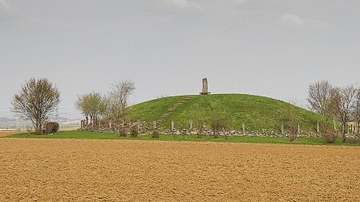
Image
Reconstruction of the Celtic Hochdorf Burial Mound
A reconstruction of the Celtic Hochdorf burial mound located near Baden-Württemberg in southwest Germany. The burial within a wooden chamber of a single male dates to the second half of the 6th century BCE.
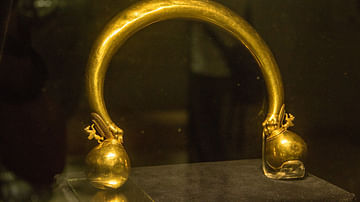
Image
Celtic Torc, Vix Burial
A gold neck torc from the Celtic Vix burial, Châtillon-sur-Seine, in northeast France close to a fortified Celtic site or oppidum and in the vicinity of at least four more burials. Discovered undisturbed, the princely burial dates to the...